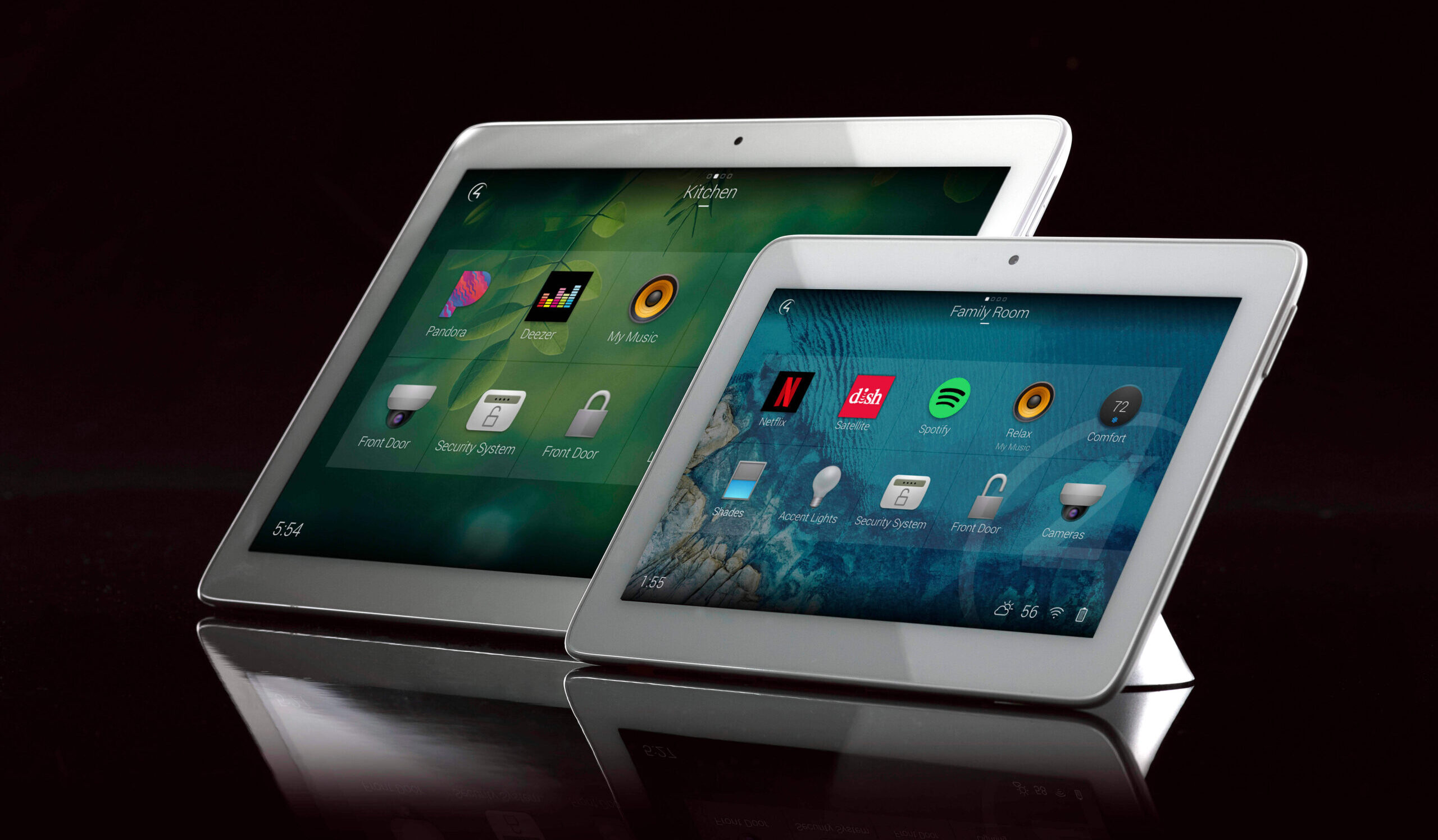As energy costs have risen over recent months, making budgeting for utilities and other expenses more difficult, many householders are looking for solutions for reducing their monthly energy usage. If you have invested in a smart home with automated, integrated appliances, the good news is that there are a range of ways to utilise your smart home to cut down energy bills.
Smart thermostats and automated HVAC systems
The average household can stand to save money on heating and air conditioning costs by using a smart thermostat. A smart thermostat that is integrated with smart home control systems can be set to a certain temperature, ensuring that HVAC appliances are only functioning when they need to be, cutting out the use of unnecessary energy. Over the period of a month or longer, making use of smart thermostats can stand to generate noticeable savings.
You can also save energy by automating heating and cooling systems, ensuring that they only come on at a certain time of day and are not used when you are out of the house. In order to ensure your home reaches a comfortable temperature in time for your return, integrating heating and cooling into your smart home control system ensures that you can control them remotely, at the touch of a button!
Smart lighting
Lighting can stand for a lot of wasted energy. It can be easy to get into the habit of leaving lights on in rooms that are not currently in use, and when this happens on a regular basis, it can have a considerable impact on rising energy bills. The good news is, in a smart home, there are a range of solutions to reduce lighting related energy consumption.
You may wish to consider installing and linking motion sensors to your lighting systems. Whilst this may not be practical in every room, for example, you may not move a lot of movement whilst you are relaxing while enjoying television, motion sensors can be a great idea for hallways and rooms that are not used so much.
As it can be so easy to walk out of a room without switching off the lights, or even to leave your home for an extended period with lights left on, ensuring lighting is integrated into your smart home system allows you to monitor lights and control them from wherever you are. Via a simple app, you can ensure that any lights left on can be switched off immediately.
Appliances
Whilst appliances such as fridges and freezers must run constantly in order to make sure your food and drink remain fresh or frozen, there are many appliances in a home that consume more energy than necessary. Smart appliances such as coffee makers, washing machines, TVs and radios can be set to switch off after a certain period of time.
If you have devices that cannot be linked to wifi, you can invest in smart power outlets that can be integrated into your home automation system. Simply programme times of use and turn plug sockets on or offer remotely.
Motorised blinds
Blinds are an excellent way to maintain a comfortable temperature in a home. In the summer, motorised blinds can be programmed to close during the day, when you are out of the house, helping prevent heat build up in the home. In contrast, during the colder months, programming blinds to close helps to retain heat in the home.
As with other home appliances, motorised blinds can be integrated into a smart home system, automated or controlled remotely.
Installing a Smart Home System to save energy
If you need assistance with smart energy management in your home, you can turn to the experts. With the help of smart home specialists, you can understand the ways you are wasting energy, how you can stand to save energy, and how all appliances and technology can be integrated.
For advice on smart control systems and expert installation of smart technologies in your home, you can contact Veritais, world renowned home automation specialists.
